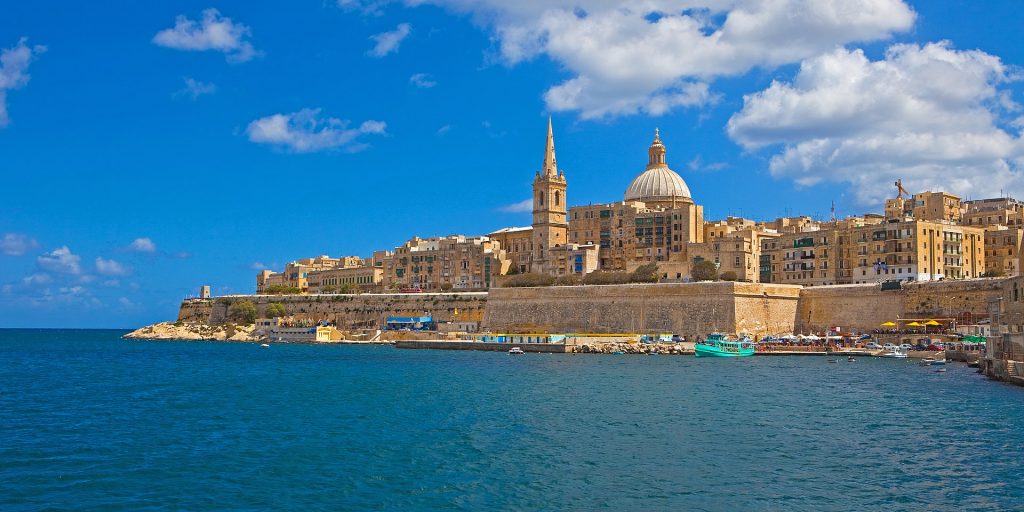
It seems that the Jewish presence on the island of Malta dates back more than 3000 years! Sailors descended from the tribes of Zevouloun and Asher accompanied Phoenician sailors. An ancient union between Jews and Phoenicians, which prospered and grew stronger over the centuries.
Traces of this link can be found in particular on the island of Gozo in the north-west of Malta, where sailors landed at the time. Similar traces are also present in the Jewish catacombs of the Greek and Roman eras. Some of the catacombs still standing today showcase Jewish symbols, including menoroth. The most famous being the catacombs of St Paul in Rabat.
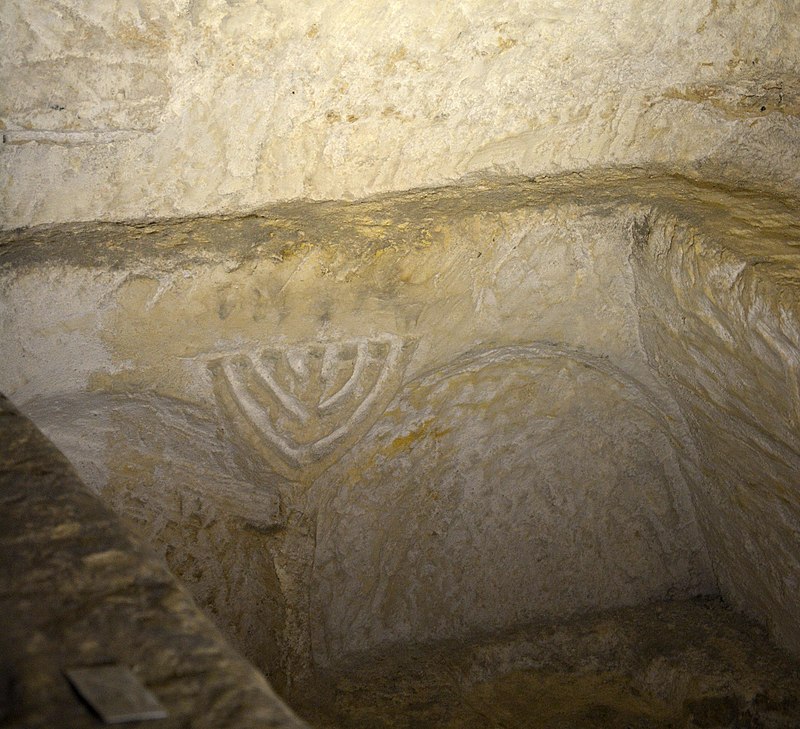
Following the Arab and Norman conquests, the island’s Jews remained integrated in Malta and participated in civil society. In 1240, 25 Jewish families lived on the main island of Malta and 8 in Gozo.
During the Middle Ages, there were Jewish communities in Mdina, Birgu, Valletta and Zejtun. Thus, we find in Mdina a “Jewish silk market”, in Birgu a Jewish street and in Zejtun a Judaic place. There are also “Gates of the Jews” in several cities, the only places where Jews were allowed to enter the city.
Among the figures of the period was the mystical author Avraham Abulafia who resided in Comino between 1285 and his death a few years later. There he wrote his “Sefer ha Ot” and “Imrei Shefer”.
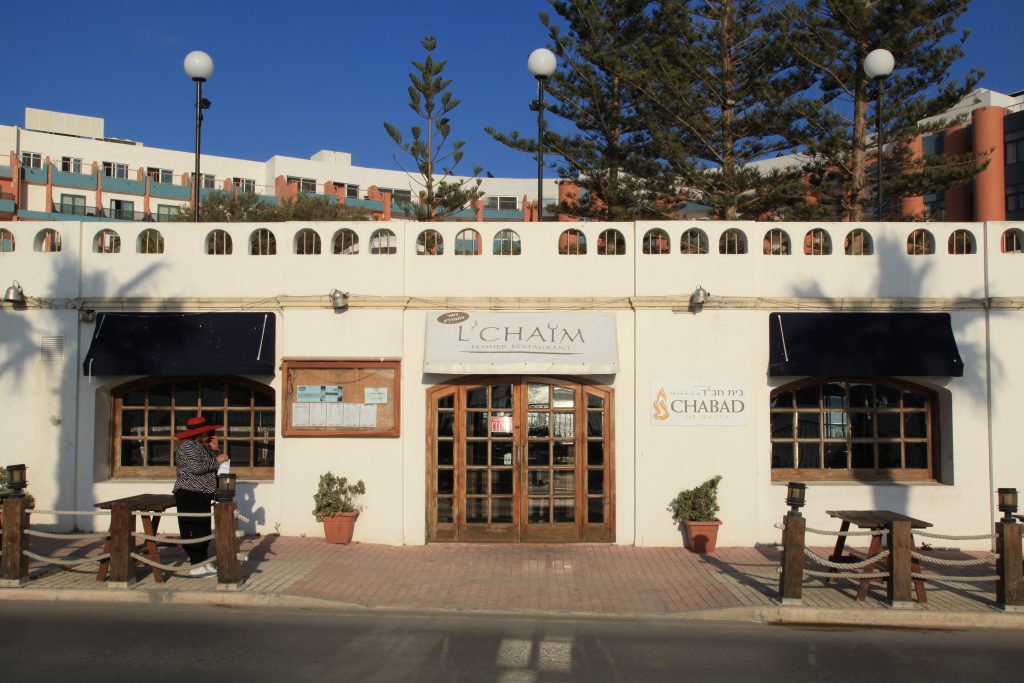
The Jews came mainly from Sardinia, Sicily, Spain and North Africa. And their living conditions were relatively less difficult than in most Mediterranean regions at the time. Sometimes occupying prestigious positions such as that of chief physician. Position held in particular by two members of the Safaradi family, Bracone and Abraham.
The Jewish population increased under Spanish rule. At the beginning of the 15th century, the Bishop of Malta as well as civil authorities removed discrimination against Jews. Xilorun, a Jew from Gozo was even appointed Ambassador of Malta to Sicily. However, the Inquisition of 1492 led to the confiscation of their property and their expulsion. Some fled, and others were converted. Many Maltese are still found today with surnames of Jewish origin.
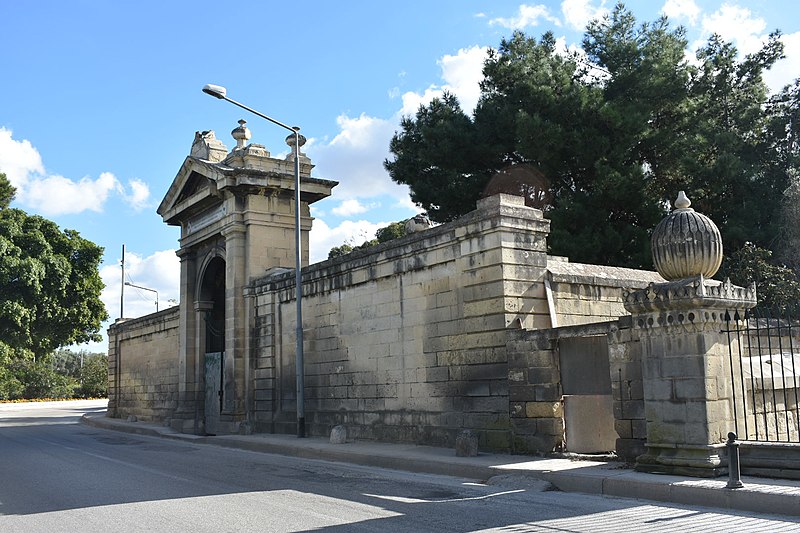
During the reign of the Knights of the Order of St. John, which lasted until the defeat by France in 1798, the population was subjected to martial politics. Without distinction, all kinds of populations found themselves victims of military raids on sea and land, liable to be captured and enslaved. This was particularly the case with the Jews, who were also obliged to wear distinctive signs. There are many accounts of the looting, murder, and sale of slaves during these centuries.
On the road to Egypt, Napoleon conquered Malta in 1798 and therefore applied French law there, including the abolition of slavery and equality between all citizens. This acquired freedom was maintained by the British conquerors soon after. In 1846, the community had its first official rabbi since the time of the Inquisition: Josef Tajar.
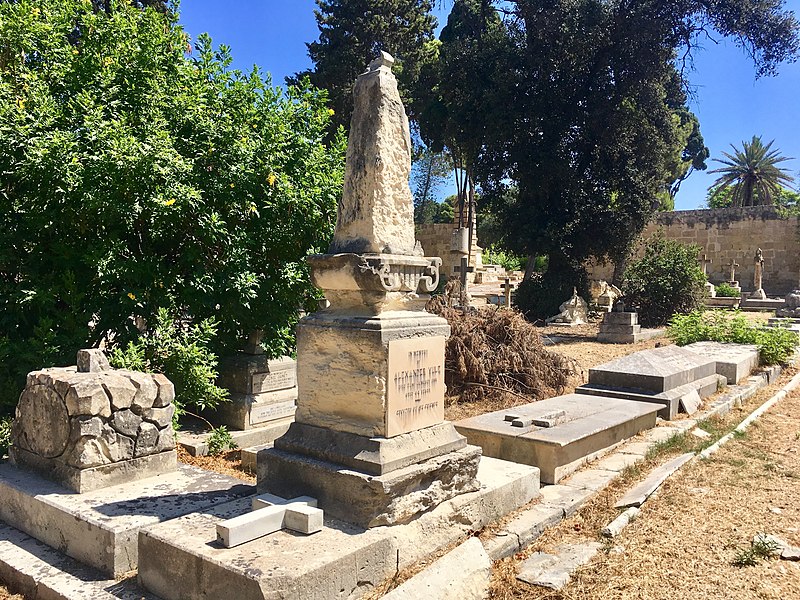
During World War II, Jews fleeing Nazism did not have to have a visa to arrive in Malta, which allowed thousands of them to seek refuge there. Many Maltese Jews enlisted in the British Army at the time.
The country gained its independence in 1964. Following neighborhood renovation projects, the old synagogue in Malta was destroyed in 1979. In 2013, a Chabad House was also established on the island.
The very small and ancient Maltese Jewish community is composed of 200 persons in 2025. Most Malta Jews live in Valletta.
There are three Jewish cemeteries in Malta. The oldest cemetery in Kalkara dates from the 18th century. In the suburbs of Marsa is the second, which dates from the mid-20th century. The third is located in Tal Braxia and is abandoned.